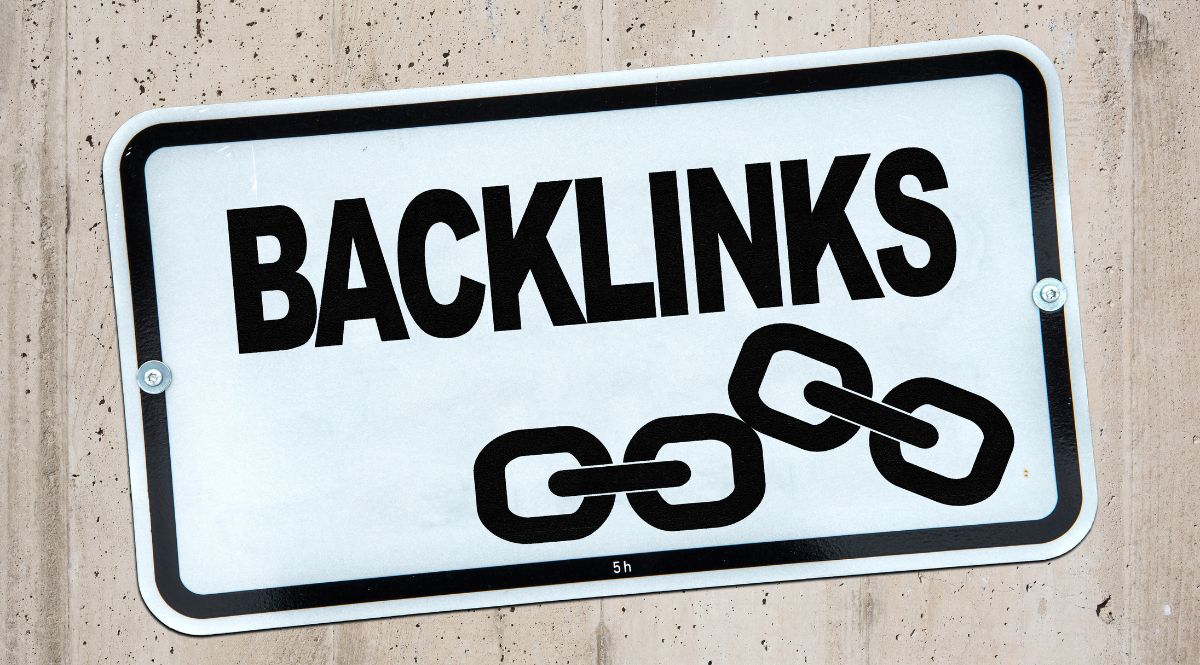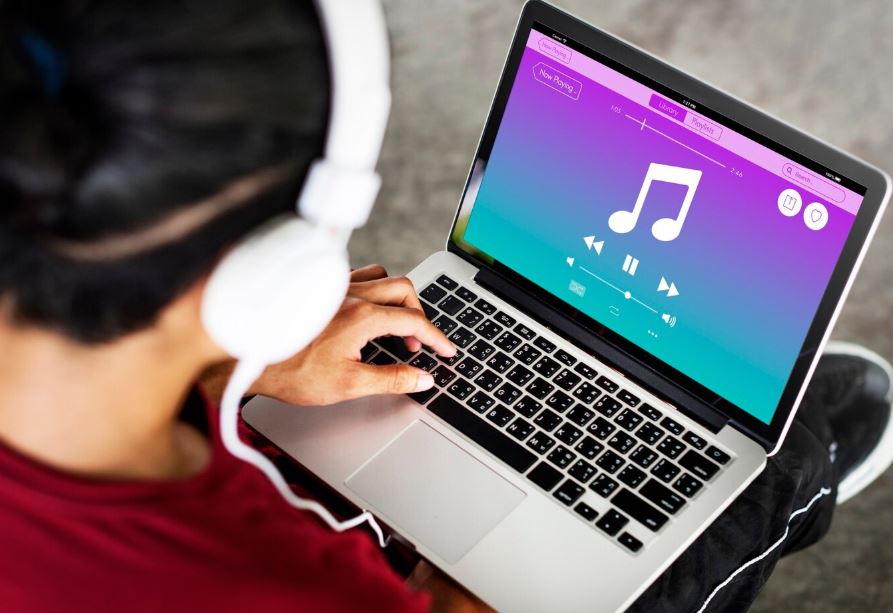Internal linking is an effective method for improving website navigation and enhancing user experience. By linking different pages within a website, internal links direct users to related content, allowing them to explore more information without leaving the site. This approach keeps users engaged for more extended periods and assists search engines in comprehending the website’s structure and hierarchy, potentially boosting its visibility in search results.
Additionally, a well-planned internal linking structure can distribute page authority across the site, increasing the ranking potential of individual pages. To maximize the benefits of this approach, it is essential to follow internal linking SEO best practices, such as using descriptive anchor text and linking to relevant pages consistently.
The Importance of Internal Links
Internal links are not merely conduits of web traffic; they are pivotal for shaping a comprehensive user experience. By facilitating access to additional content, these links ensure visitors engage more thoroughly with available material, increasing dwell time and boosting conversion rates. For search engines like Google, internal links provide clues about which pages are essential and the relationships between content pieces, aiding in proper indexing and ranking.
The strategic use of internal links can concentrate ranking potential on high-priority pages. This is particularly advantageous for e-commerce sites or blogs where promoting specific products or discussions can drive significant traffic and sales.
Best Practices for Internal Linking
Embracing best practices for internal linking can dramatically enhance your website’s effectiveness. Here are a few essential strategies:
- Descriptive Anchor Text: Anchor text should accurately reflect the linked page’s content. This assists search engine algorithms in understanding your content and sets user expectations correctly.
- Relevant Content Links: Ensure the linked pages have contextual relevance; this provides value to users and search engines seeking logical flow and continuity.
- Balanced Distribution: Avoid an imbalanced link distribution that favors certain pages over others. This ensures a well-rounded dissemination of link equity and a more natural traffic flow throughout the site.
Common Mistakes to Avoid
Despite the benefits of internal linking, several common mistakes can undermine your SEO efforts. Excessive linking to one page can create bottlenecks, where too much link equity is concentrated in one area, diluting overall site authority. Additionally, using generic phrases like “click here” as anchor texts fails to provide meaningful context to users or search engines.
Additionally, outdated links can lead to broken pathways, frustrating users and diminishing site credibility. Regular audits are necessary to ensure all links point to active, relevant content, optimizing both user experience and search engine indexing.
Internal Linking and User Engagement
The role of internal linking in enhancing user engagement should be considered. By guiding users through logically structured pathways, you’re improving navigation and enriching their experience, leading to more extended site visits and increased chances of conversion. When users find what they need efficiently, they’re more likely to return, share the content, and engage with additional resources.
Moreover, engaged users are an invaluable asset to any business. Their positive interactions can reduce bounce rates and improve metrics that signal site quality and relevance to search engines—factors that ultimately influence visibility and ranking potential.
Using Tools to Enhance Internal Linking
Embracing digital solutions has the potential to revolutionize your approach to internal linking. Leveraging automated SEO plugins, conducting audits, and utilizing platforms can provide valuable data on link distribution and performance, simplifying the process and pinpointing possible deficiencies or mistakes.
Furthermore, integrating technologies like structured data can have a substantial impact on how search engines perceive and categorize the structure of your website.
Conclusion
An effective internal linking strategy enhances SEO performance and user experience. By focusing on mindful link placement, logical navigation, and continual strategy refinement, your website can achieve and maintain a competitive edge in search engine visibility. Keeping abreast of best practices and technological advancements will ensure sustained performance and growth in the digital landscape.



